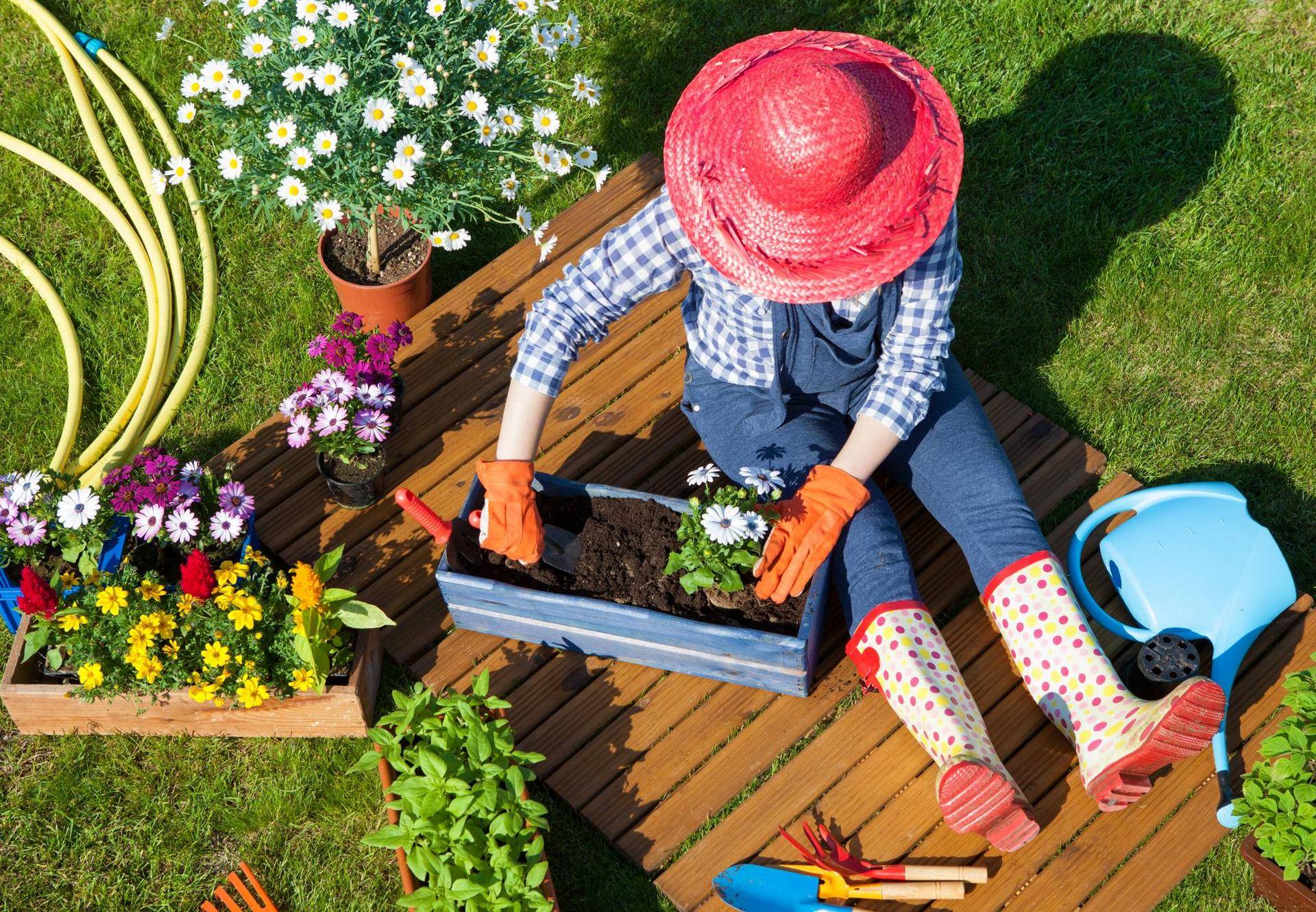JayDee Gunnell
After digging out from a long, hard winter, we can finally start working in the garden and yard! The Utah State University Extension Gardener’s Almanac provides a checklist for each month as well as links to tips and further information. Consider these gardening tips for May.
- Plant warm-season vegetables and annual flowers once the threat of the last frost has passed. See average first- and last-frost dates.
- Plant tomatoes deep enough that they are able to form more roots along the stem, thus creating a more vigorous plant.
- Consider planting sweet corn in the garden every other week (until early July) to extend the harvest.
- Learn about various fertilizers, including traditional fertilizer options and organic fertilizers.
- Thin overcrowded seedlings using scissors. Try to avoid disturbing the young roots.
- Protect fruit blossoms and tender garden plants from late freezing temperatures. Learn about critical temperatures for frost damage in fruit.
- Plant summer-blooming bulbs, including gladiola, begonia, dahlia and canna.
- Divide warm-season ornamental grasses when new growth begins to emerge.
- Learn to control landscape and garden weeds.
- Allow the foliage of spring blooming bulbs (tulips, daffodils and crocus) to die down before removing the leaves.
- Renovate areas of your yard where there has been lawn damage.
- Learn about irrigation needs in your area.
- Aerate with a hollow core aerator in compacted sites when turfgrass is actively growing (April – June).
- Control broadleaf weeds in the lawn when temperatures are between 60-80 F. Follow the label and stop use of broadleaf herbicides once the temperature is above 85°F.
- Apply a slow-release lawn fertilizer to provide long-lasting results through the summer months.
Pests and Problems:
- Monitor newly-planted vegetables for cutworm and flea beetle damage.
- Monitor for cankerworm damage on scrub oak and Box Elder trees along the foothills.
- Monitor for aphids on lush, new spring growth on plants. Treat for aphids by using “softer” solutions, such as spraying them with a hard stream of water or by using an insecticidal soap.
- Monitor for slugs and snails. These pests thrive in moist, cool areas of the garden and landscape and feed on a variety of plant hosts.
- Protect ash trees from the lilac/ash borer around early May.
- Control codling moth in apples and pears to reduce wormy fruit. For specific timing, see our Utah Pests Advisories.
- Treat for powdery mildew on apples when leaves are emerging (at 1/2 inch green) until June.
- Watch for insect pests in raspberries from mid-May thru early June.
- Watch for cutworm damage in turfgrass and new vegetable starts.
- Monitor for damaging turfgrass insects. In areas previously damaged, consider a preventative (systemic) insecticide.
- Click here to subscribe to the Utah Pests IPM Advisories for timely tips on controlling pests in your yard and garden.
- Consider taking an online gardening course. Courses cover everything from container vegetable gardening and creating the perfect soil to planting trees and controlling pests. They are geared to both beginning and professional gardeners. Use the code SPRING25 for 25% off a course!
- Explore more gardening tips on Extension’s yard and garden website.
- Click here to see a video of May gardening tips.

